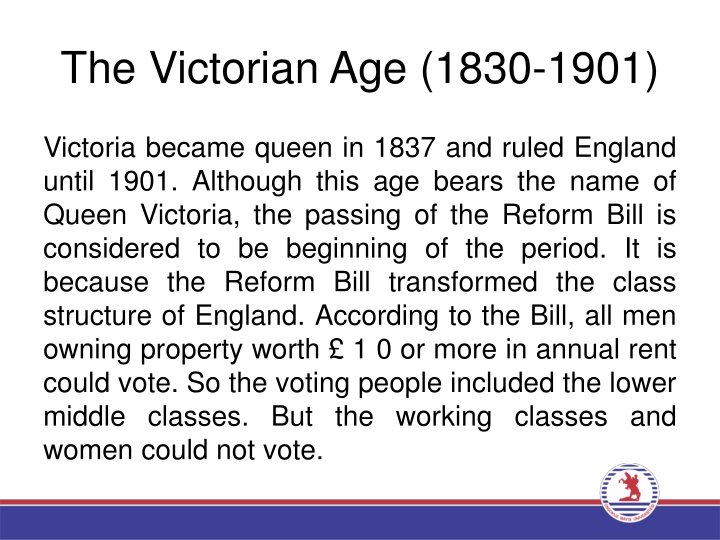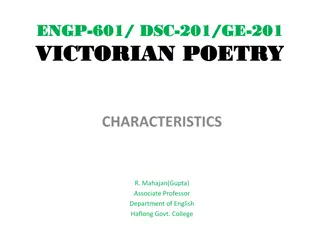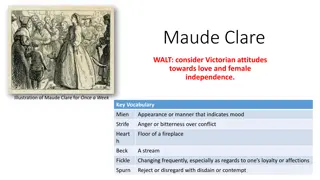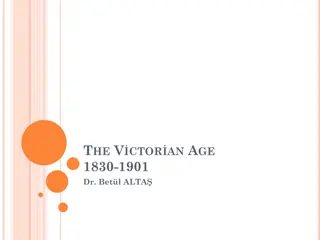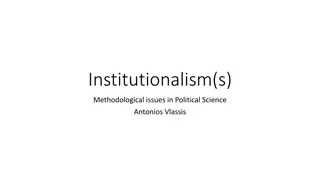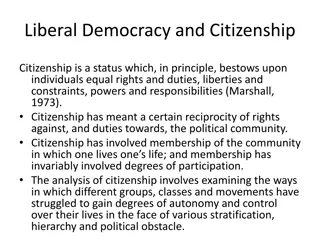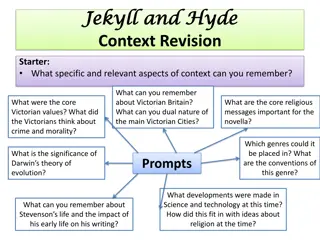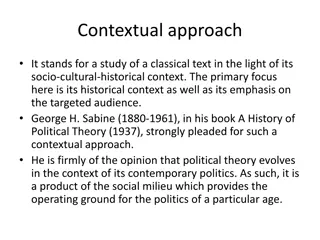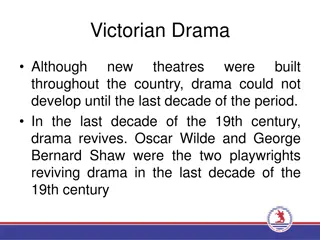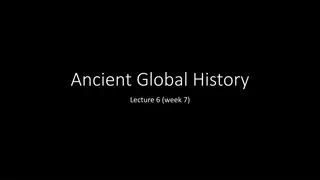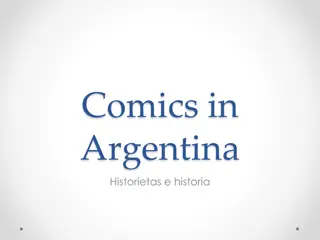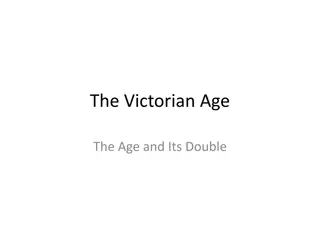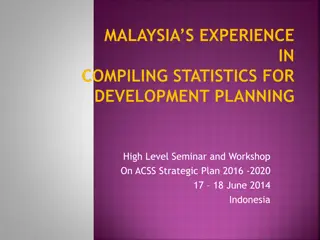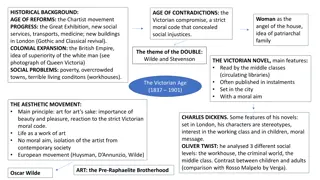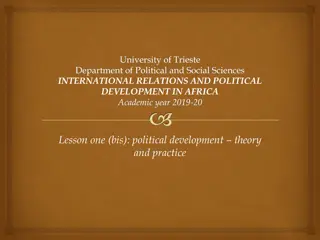The Victorian Age: A Period of Social, Political, and Economic Transformation
The Victorian Age (1830-1901) marked a significant period in England's history, characterized by social reforms, industrialization, and shifts in power dynamics. Queen Victoria's reign saw the Reform Bill, expanding voting rights while also exposing the harsh realities of working-class conditions. Literature reflected these societal challenges, and influential figures like John Stuart Mill emerged as reformers. The era witnessed economic prosperity, moral complexities, and the rise of working-class political influence through movements like the second Reform Bill.
Download Presentation

Please find below an Image/Link to download the presentation.
The content on the website is provided AS IS for your information and personal use only. It may not be sold, licensed, or shared on other websites without obtaining consent from the author.If you encounter any issues during the download, it is possible that the publisher has removed the file from their server.
You are allowed to download the files provided on this website for personal or commercial use, subject to the condition that they are used lawfully. All files are the property of their respective owners.
The content on the website is provided AS IS for your information and personal use only. It may not be sold, licensed, or shared on other websites without obtaining consent from the author.
E N D
Presentation Transcript
The Victorian Age (1830-1901) Victoria became queen in 1837 and ruled England until 1901. Although this age bears the name of Queen Victoria, the passing of the Reform Bill is considered to be beginning of the period. It is because the Reform Bill transformed the class structure of England. According to the Bill, all men owning property worth 1 0 or more in annual rent could vote. So the voting people included the lower middle classes. But the working classes and women could not vote.
The early period (the 1930s and the 1940s) was known as the Time of Troubles. The consequences of rapid industrialization were heavily felt. It was a period of contradictions. On the one hand, the owners of the mines and factories enjoyed material wealth; the first electric telegraph was sent between English inventor William F. Cooke and the scientist Charles Wheatstone; there were steamships, railway-buildings.
On the other hand there were too much injustices, too much poverty. Women, men and children of working classes worked in the mines and factories under very brutal conditions. Working class people lived in the slums of the big cities and suffered from poor housing, unsanitary.
These problems were reflected in literature: Elizabeth Barrett Browning s poem "The Cry of the Children" (1843) Elizabeth Gaskell Charles Dickens Benjamin Disraeli
It was a period of reformers and philosophers: John Stuart Mill
The Mid Victorian Period (1848- 1870) It was a period of economic prosperity It was a puritanical age. There were strict morals. There was a double standard of morality: one for men , another for women. Darwin published The Origin of Species in 1859. It was a challenge to orthodox views.
The Late Victorian Period Working class expanded and became political and economic power. The second Reform Bill passed and working class could vote. The theories of Karl Marx and Friedrich Engels became influential.
